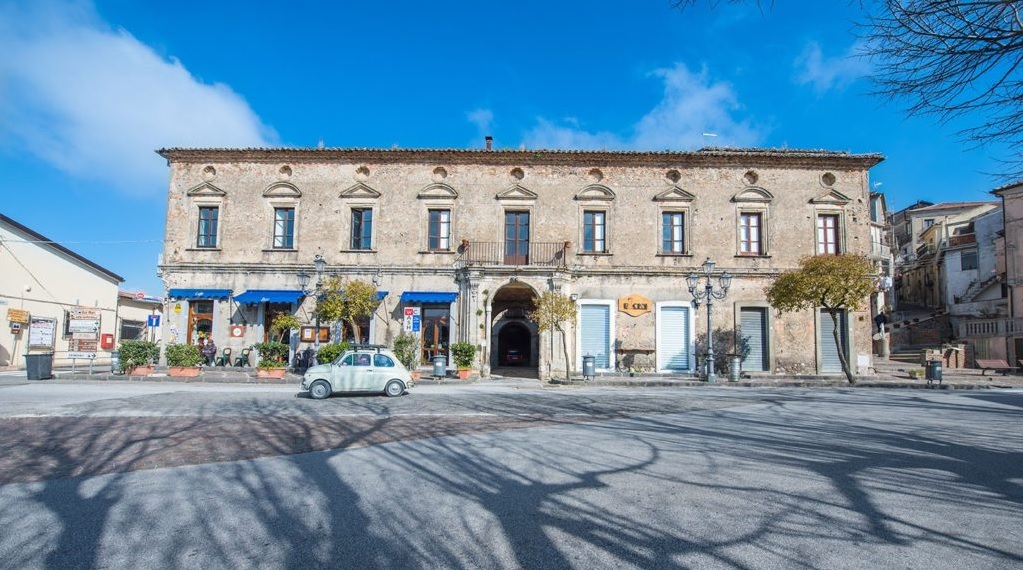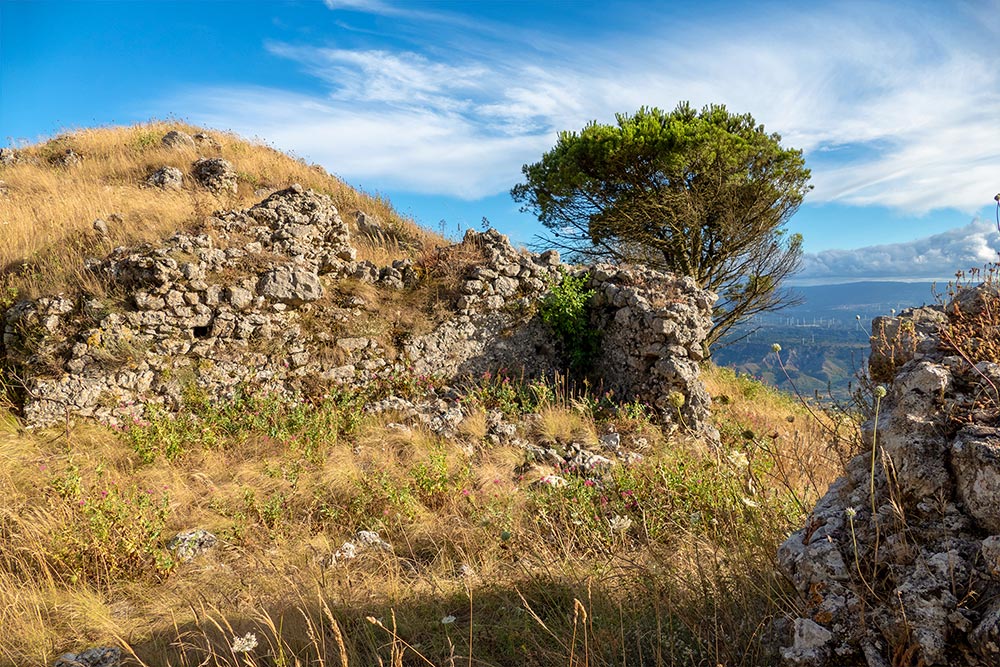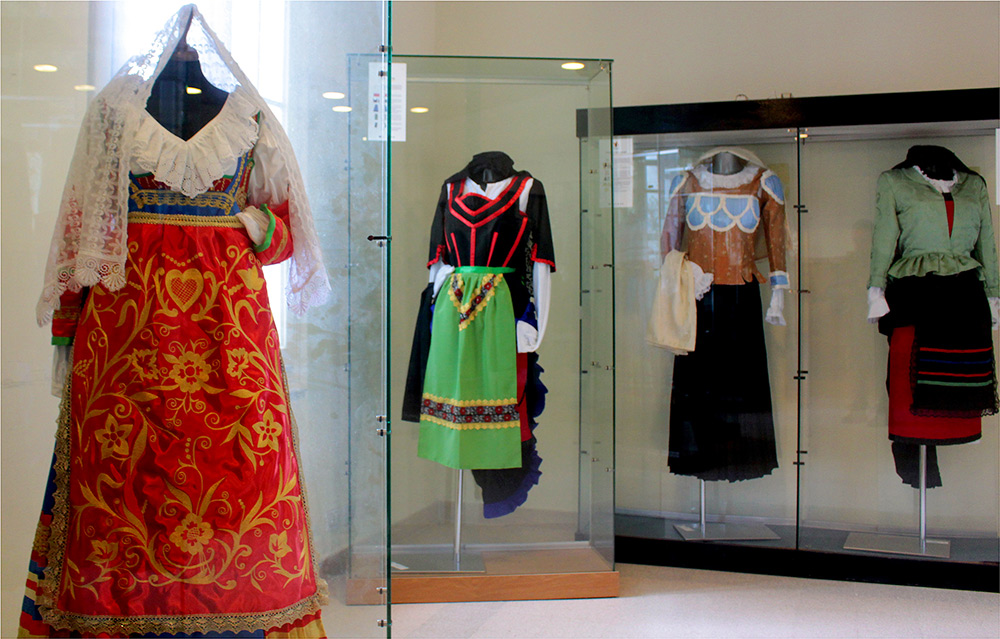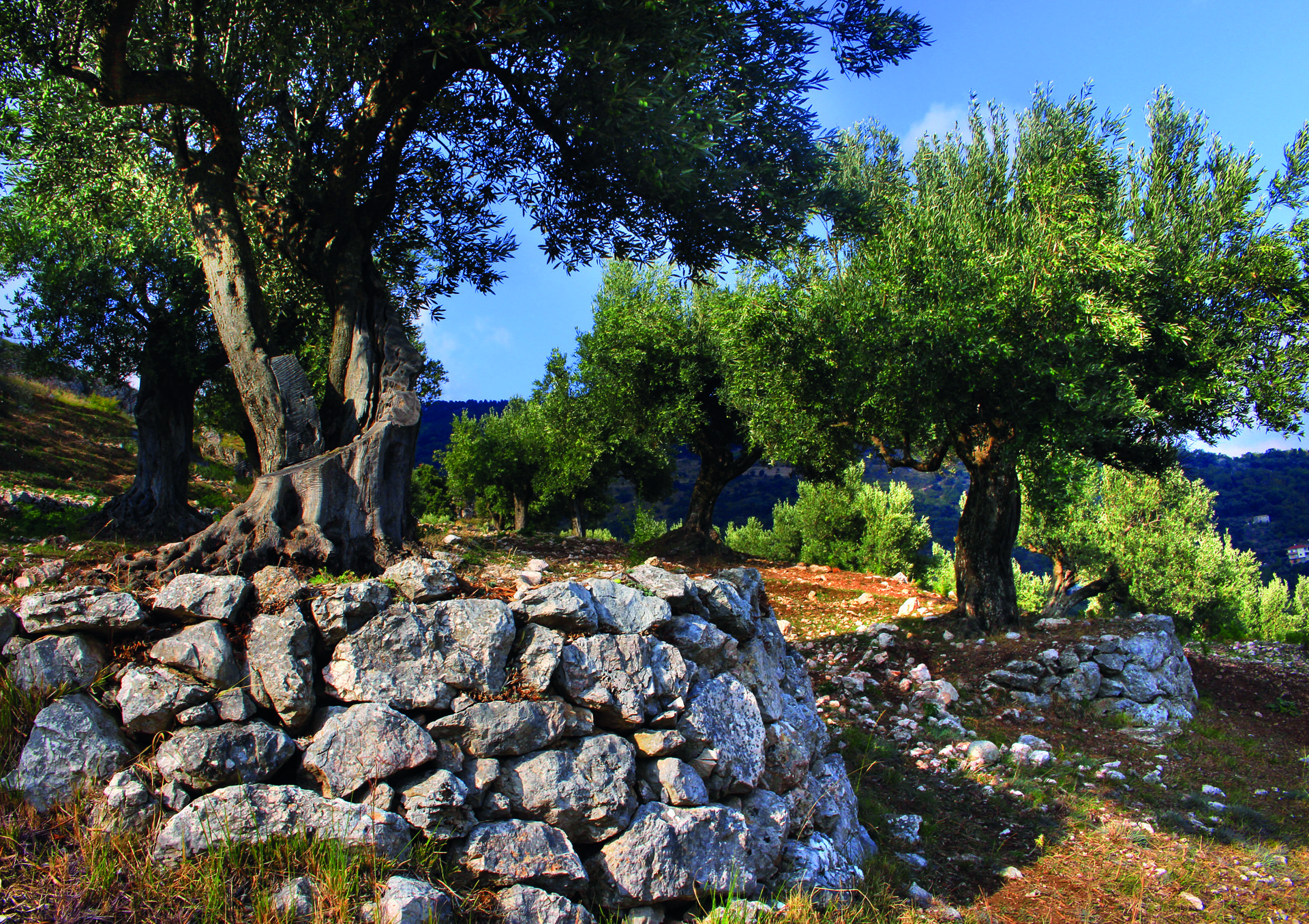A day in Tiriolo, the "Two Seas" village
Tiriolo amidst crafts, legends and enchanted landscapes

Art and Culture
Tiriolo - Luigi Guzzo
Did you know that in Calabria there is an observation point from which you can see the "Two Seas", Ionian and Tyrrhenian, together?
This narrow strip of land is located on top of the hill on which the historic centre of Tiriolo rises, a Presilan village with ancient charm, in the province of Catanzaro.
Historian Armin Woolf claims that this is the ancient land of the Phaeacians (neither Corfu nor Ischia, as hypothesised), the "locus amoenus" over which Alcinous reigned with his daughter Nausicaa, where Ulysses landed and found hospitality (xenìa).
What to see in Tiriolo
Believe it or not, today Ulysses stands in the centre of Tiriolo, honoured by the monument that sculptor Maurizio Carnevali created near Piazza Italia in the 1980s.
On the square, the watershed between today's town and the mediaeval centre, face the most important cafés and buildings: Palazzo Alemanni, famous for having given refuge to Garibaldi, and a short distance away the three-nave Collegiate Mother Church, dedicated to the Madonna della Neve.

The whole of Corso Garibaldi is embellished by the worked granite of portals, windows and balconies, which find their greatest splendour on the façades of the aristocratic palaces, including Palazzo De Filippis, the birthplace of the Enlightenment mathematician and philosopher Vincenzo De Filippis, and Palazzo Schettini, with its characteristic wrought-iron rounded balconies.
As we climb to the top of the old town, we discover a maze of alleyways and panoramic views that herald the evocative view of the "Two Seas", a peculiarity of the village.
Finally, we reach the hill on which stand the Norman ruins of Sant'Angelo Castle, dating back to the year 1000, when Ugone of Falloc moved the population there. Thanks to its strategic position, the Castle of Tiriolo played a central role in the defence of the Isthmus of Marcellinara throughout the Middle Ages.
A protagonist of important historical events, the fortress was turned into a prison during the 16th century, then into a private residence by the feudal lord Giambattista Cigala (to whom the palace of the same name also belonged), and finally, destroyed in the 1783 earthquake. Excavations in the 1990s brought to light several interesting phases and finds.

Some of these are on display at the "Gianmartino" Regional Archaeological Museum, a must for lovers of history and archaeology, together with the Archaeological Area of the same name, now splendidly musealised.
Among the most important exhibits in the museum is a precious Brettian tomb and a bronze tablet bearing the text "Senatus consultus de Bacchanalibus", dated 186 BC. The "Gianmartino" Archaeological Area, on the other hand, houses a monumental building from the Bretton period (4th-3rd century B.C.) in an exceptional state of preservation.
Visitors can appreciate the colonnaded corridor overlooked by 4 rooms characterised by rich decorations: a mosaic with two dolphins and a fish, finely decorated capitals, plastered and painted walls, and fine artefacts such as Carthaginian bronze and silver coins and numerous terracotta female statues.

What to do in Tiriolo
Tiriolo is the "village of the vancàli", the traditional hand-woven stoles that once covered women from head to toe and that, still today, represent valuable artefacts of Calabrian craftsmanship.
True objects of desire, the vancàli of Tiriolo and the typical costumes of the Calabrian tradition, first and foremost that of the pacchiàna (a popular women's festive and wedding dress), are among the most precious pieces in the collection on display at the Regional Costume Museum, one of Tiriolo's must-see places.

A "live" weaving demonstration, as well as other handicrafts represent one of the most interesting experiences to be had in the village. Among these, we recommend a stop at Tommaso Leone's workshop-laboratory, a small treasure trove of art objects and popular music instruments, with a focus on Calabrian lutherie (lyre and beating guitar).
Finally, after having tasted the typical Silan cuisine, which happily combines sea and mountains as identity elements of the area, one can indulge in a nice excursion in the woods, to be explored by trekking, mountainbike or horseback riding.

https://calabriastraordinaria.it/en/news/a-day-in-tiriolo-the-two-seas-village



